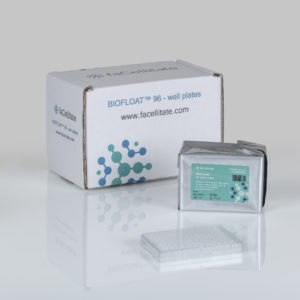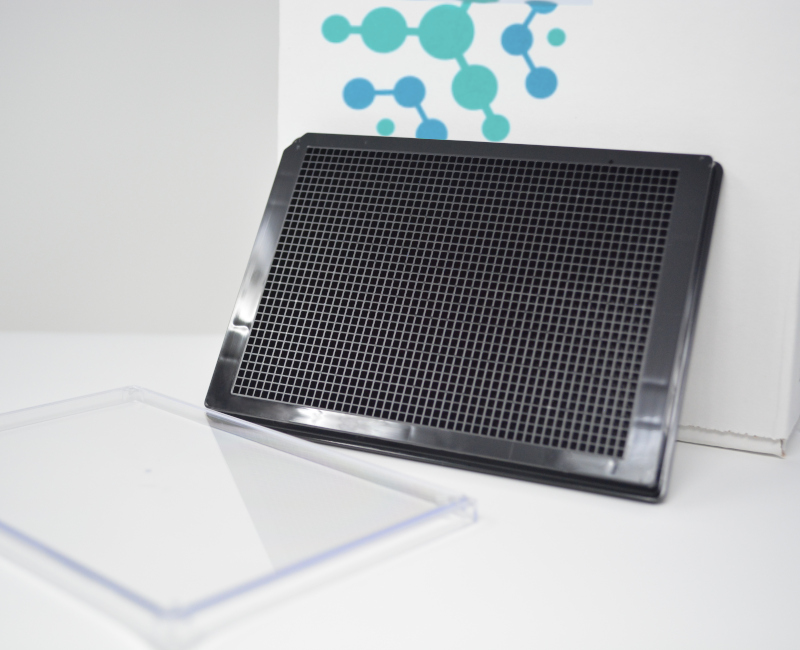
LITTLE PLATES and BIG DISCOVERY
The first microplate was invented in early 1950ws by Hungarian physician, scientist and inventor Dr. Takatsy. He created hand machined first microplate consisting of 6 rows of 12 wells out of Poly methyl methacrylate (PMMA). PMMA was developed in 1928 in various labs by chemists. Takatsy was determined to continue his research and invented his `spiral loops´. In the early 1950s there was an influenza epidemic in Hungary which led to shortage of laboratory equipment’s including pipettes and test tubes. This shortage left many laboratories poorly equipped for performing titrations and other biochemical assays necessary for research.
This shortage led to discovery of several new techniques and tools created by Dr. Takatsy himself, one of which was replacement of test tubes the microplates. Furthermore, the designed the replacement of pipettes by using a small platinum spiral loop. By incorporating the use of loops in making of serial dilutions, Dr. T was able to save time, labor, reagent, equipment as compared to conventional methods.
This discovery led to creation of plastic plates with wells and calibrated droppers delivering constant and accurate volumes. After continuously refining this process, he was also able to develop the 8×12 arrangement of well or 96 wells in each set of plate.
MICROPLATES: TIME AND COST EFFECTIVE?
The discovery of microplates may have seen unassuming on the surface but life without them would probably be much difficult. Well plates are used in virology, serology, microbiology, drug discovery and many other aspects of life science. Well plates are simple, convenient, relatively low-tech and costs effective. The microplates save time for the researchers as well as money on costly reagents which can be very heavy on the pockets.
BIOFLAOT 96 well plates are ready to use for spheroid cultures, which provides a highly defined and cell-repellant surface. It is fully inert, and it outperforms existing products by its ANTI-ADHESIVE PROPERTY. These well plates deliver promising results to many spheroids culture experiments.
MICROPLATES: THEIR VARIATIONS AND COMPOSITION
The well plates have become a standard tool in analytical research and clinical diagnostic testing laboratories. Although they are composed of variety of materials, the most common of all is polystyrene. Microplates are available in various colors including white pigmented, black pigmented and transparent. White pigmented microplates are ideal for optical absorbance. The Black pigmented ones are well suited for fluorescent assays.
Transparent microplates display an excellent characteristic for calorimetric assays and cell culture assays. The physical property of polystyrene make it an excellent choice for microplate constructions, because of its ability to handle temperature variations and also because of its ability of longer storage. The wells of microplates typically hold between tens of nanoliters to several milliliters of liquid. They are extremely versatile and have become a standard tool in research laboratories.
REFRENCES :
1. What is a well plate? Review, Kevin Jaquith, February 2014, wellplate.com
2. The history of the microplates, Review, Kevin Jaquith, January 2014, wellplate.com



